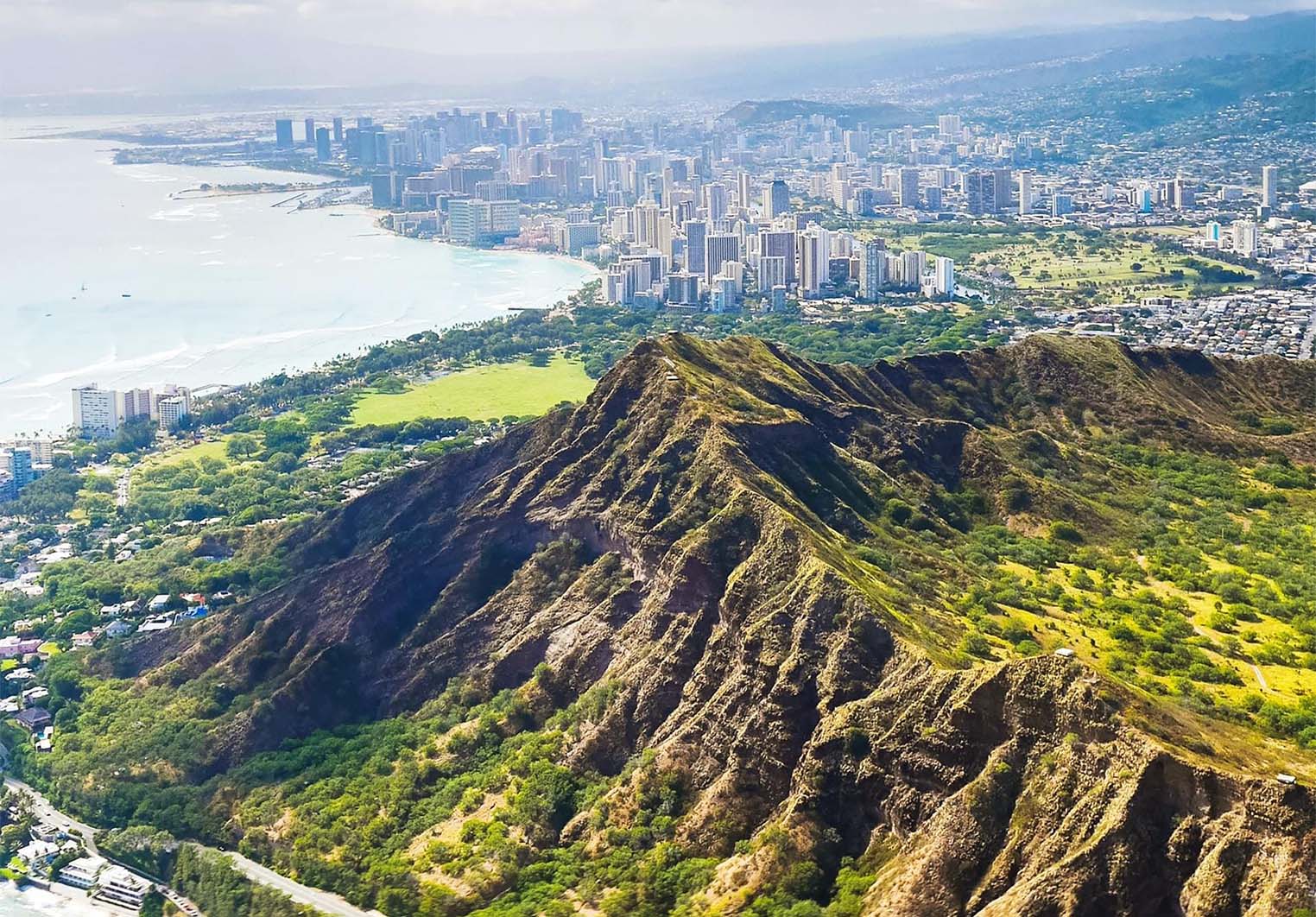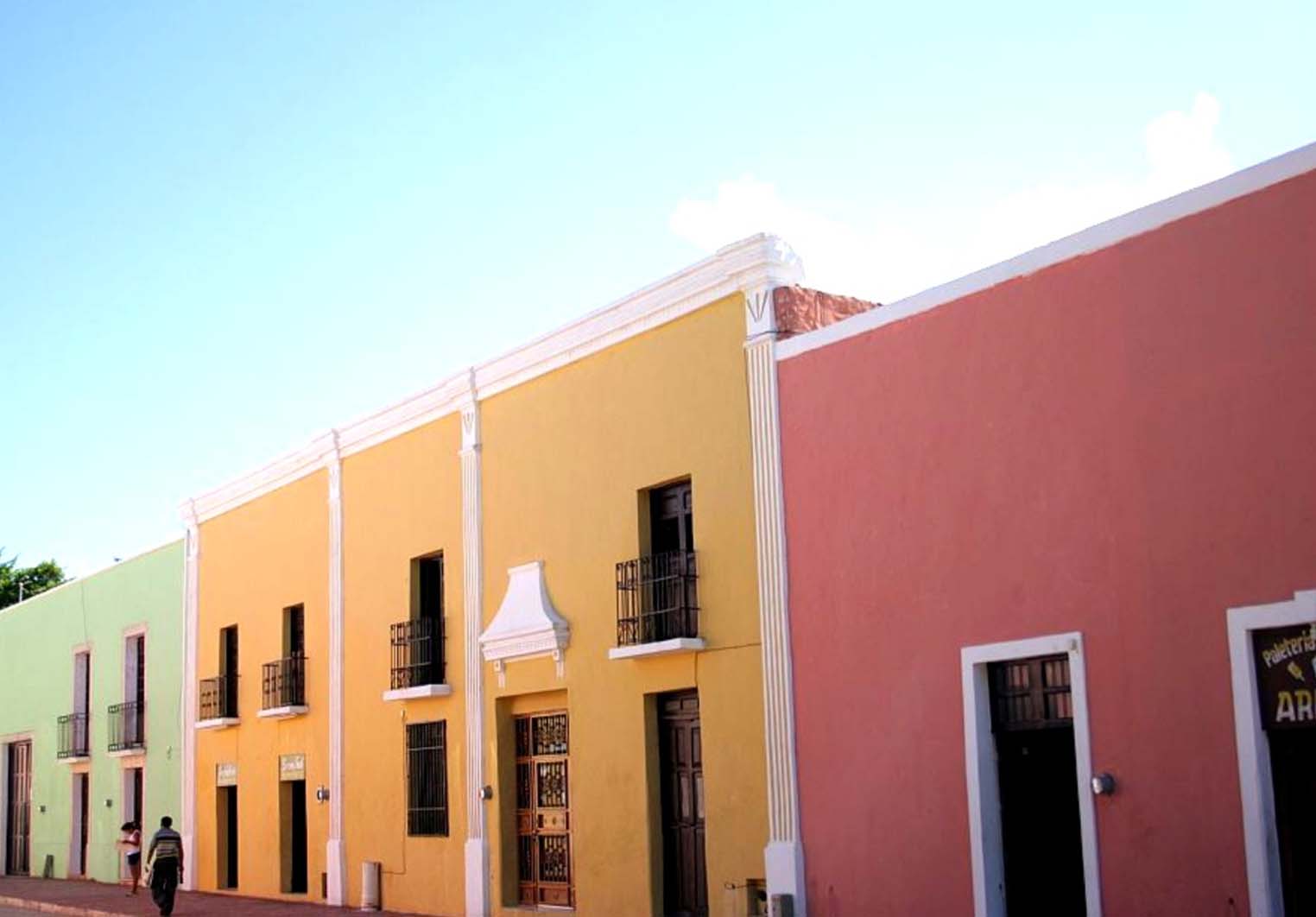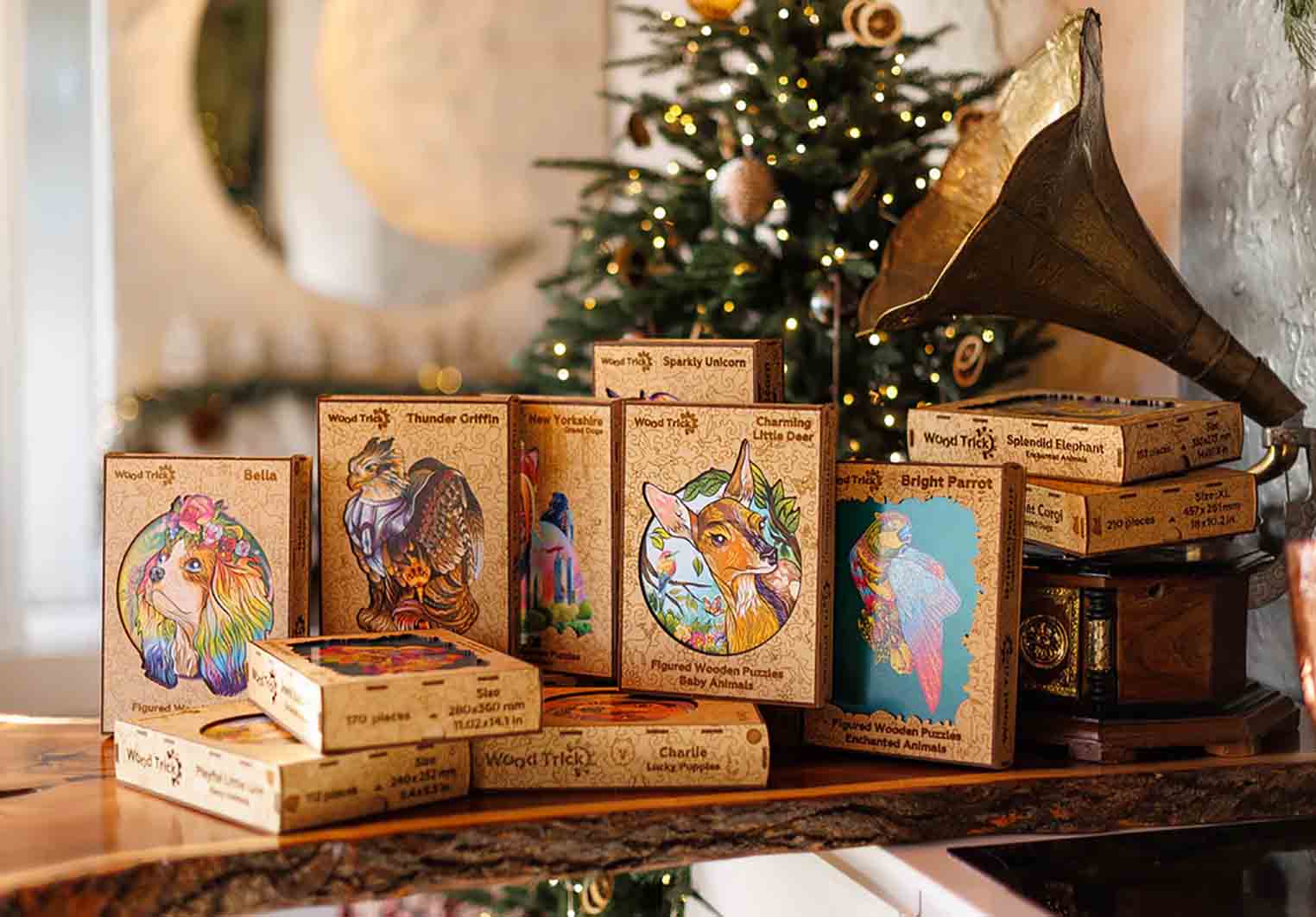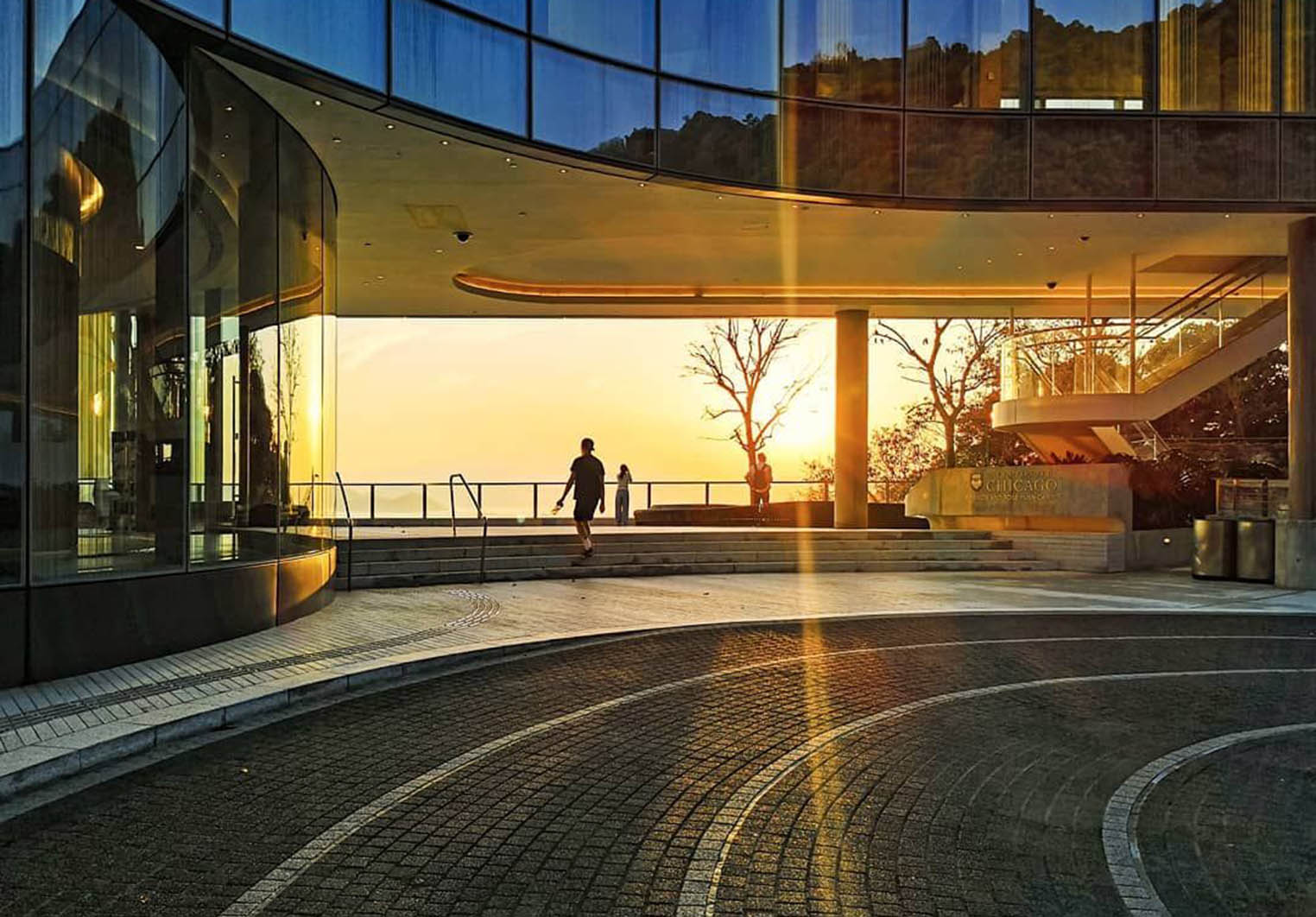Honolulu, the vibrant capital city of Hawaii, offers an enchanting blend of tropical beauty, cultural richness, and urban sophistication. From its pristine beaches and stunning landscapes to its warm, welcoming culture, Honolulu is a destination that captivates every traveler.
In this extensive travel blog, I’ll share my detailed experience of exploring Honolulu, including essential travel tips, local etiquette, must-visit attractions, and practical advice for making the most of your Hawaiian adventure.
Travel Gear and Appropriate Clothing
Travel Gear:
When packing for Honolulu, comfort and practicality are key. Here’s a rundown of the essentials I brought along for my trip:
- Lightweight Clothing: Given the warm tropical climate, breathable fabrics such as cotton and linen are ideal. I packed plenty of casual wear, including shorts, t-shirts, and sundresses. A light jacket or sweater is also handy for cooler evenings or indoor air-conditioned spaces.
- Swimwear: Don’t forget your swimwear! I brought several pairs of swimsuits for enjoying the beautiful beaches and hotel pools. A rash guard is also useful for snorkeling or long beach days.
- Footwear: Comfortable walking shoes are a must for exploring the city and hiking trails. I also packed flip-flops or sandals for the beach and casual outings.
- Sun Protection: Sunscreen, sunglasses, and a wide-brimmed hat are essential to protect yourself from the strong Hawaiian sun. I also carried a reusable water bottle to stay hydrated.
- Camera and Electronics: My camera was essential for capturing the stunning landscapes and vibrant city scenes. I also brought a portable charger to keep my devices powered throughout the day.
Appropriate Clothing:
Honolulu is known for its laid-back and casual atmosphere. Here’s how I adapted my wardrobe to fit in seamlessly with the local vibe:
- Daytime Attire: Most people in Honolulu dress casually. Beachwear, shorts, and flip-flops are common. I found that lightweight, casual outfits were perfect for daytime activities.
- Evening Wear: For dining out or attending more upscale venues, I opted for smart-casual attire. A nice dress or collared shirt with slacks was appropriate for restaurants and evening events.
- Outdoor Activities: When exploring hiking trails or engaging in water sports, I wore functional gear like hiking shoes, activewear, and water shoes.
Currency Exchange and Local SIM Cards
Currency Exchange:
The currency used in Honolulu is the US Dollar (USD). I found that credit and debit cards were widely accepted, but I still carried some cash for small purchases and local markets. Here’s how I managed my money:
- ATMs: I used ATMs to withdraw cash as needed. ATMs are readily available throughout the city, including at the airport, shopping centers, and convenience stores.
- Currency Exchange Services: For exchanging currency, I visited a local bank and currency exchange service in downtown Honolulu. Rates were competitive, and the process was straightforward.
- Credit and Debit Cards: I notified my bank of my travel plans to avoid any issues with card transactions. Most establishments accepted major credit and debit cards.
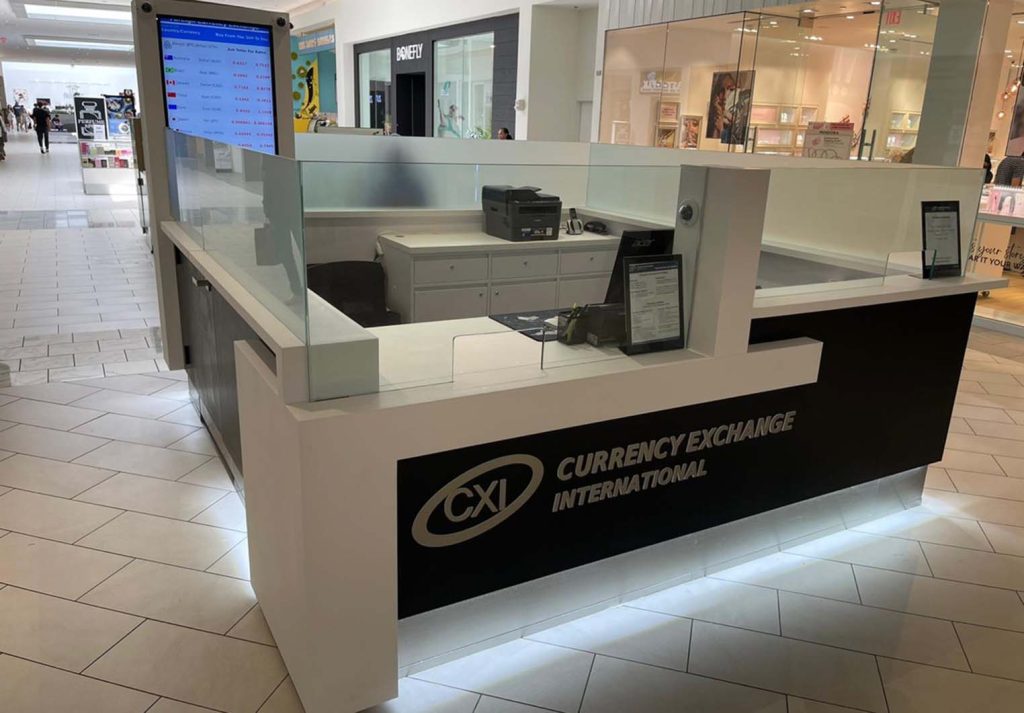
Obtaining a Local SIM Card:
To stay connected during my trip, I needed a local SIM card. Here’s how I acquired one:
- Airport Kiosks: I picked up a local SIM card at a kiosk in Honolulu International Airport. The staff were helpful, and the process was quick.
- Local Stores: Alternatively, you can purchase SIM cards at various convenience stores, electronics shops, or mobile carrier stores throughout the city. Providers like T-Mobile, Verizon, and AT&T offer prepaid SIM cards with data plans.
- Activation: I followed the simple activation instructions provided with the SIM card, which included inserting the card into my phone and completing the online registration process.
Local Etiquette and Cultural Sensitivity
Honolulu is a diverse and welcoming city, but being aware of local customs and etiquette can enhance your travel experience. Here are some key points of local etiquette I learned:
Respect for Local Culture:
- Aloha Spirit: The “Aloha Spirit” is central to Hawaiian culture. It embodies friendliness, respect, and kindness. I made sure to greet locals with a warm “Aloha” and reciprocate their gestures of goodwill.
- Cultural Sensitivity: Respect local traditions and practices. For instance, when visiting sacred sites or temples, dress modestly and follow any guidelines provided.
Personal Space and Behavior:
- Personal Space: While the atmosphere in Honolulu is relaxed, it’s still important to respect personal space. Avoid standing too close to others in public areas or on public transportation.
- Quiet Zones: Be mindful of noise levels, especially in residential areas and quiet zones. This consideration helps maintain the city’s peaceful ambiance.
Dress Code:
- Beach Etiquette: While swimsuits are perfect for the beach, avoid wearing them away from the beach or pool areas. Cover up with appropriate clothing when dining or shopping.
Experiences with Etiquette:
During my visit, I noticed that adhering to local etiquette greatly improved my interactions with residents and fellow travelers. For example, while attending a traditional Hawaiian luau, I learned the importance of participating respectfully in cultural rituals and observing local customs.
One memorable experience involved visiting a Hawaiian temple where I was reminded to remove my hat and maintain a respectful demeanor. The appreciation and respect shown by adhering to these practices made the visit more meaningful and enriching.
Recommended Attractions in Honolulu
1. Diamond Head State Monument
Description: Diamond Head is an iconic volcanic crater offering stunning panoramic views of Honolulu and the Pacific Ocean. The hike to the summit is a must-do for any visitor.
How to Get There: Located at the eastern end of Waikiki, Diamond Head is easily accessible by car or public transportation. Take the number 23 bus from Waikiki to the Diamond Head entrance.
Details: The hike to the summit takes about 1-2 hours, depending on your pace. The trail is moderately challenging, with some steep sections and stairs. Wear sturdy footwear and bring water.
Tips: Arrive early to avoid crowds and the heat. Entry is USD 5 per vehicle or USD 1 per person for pedestrians.
2. Honolulu Zoo
Description: The Honolulu Zoo is a family-friendly attraction featuring a diverse collection of animals from around the world, including exotic species and native Hawaiian wildlife.
How to Get There: The zoo is located in Waikiki, a short walk from many hotels. Alternatively, take the number 22 or 23 bus.
Details: The zoo covers 42 acres, with well-maintained exhibits and educational programs. Admission is USD 19 for adults, USD 11 for children, and free for children under 3.
Tips: Visit in the morning or late afternoon to avoid the midday heat. Bring sunscreen and comfortable walking shoes.
3. Iolani Palace
Description: Iolani Palace is a historic landmark and former royal residence of Hawaiian monarchs. The palace offers guided tours showcasing its rich history and architectural beauty.
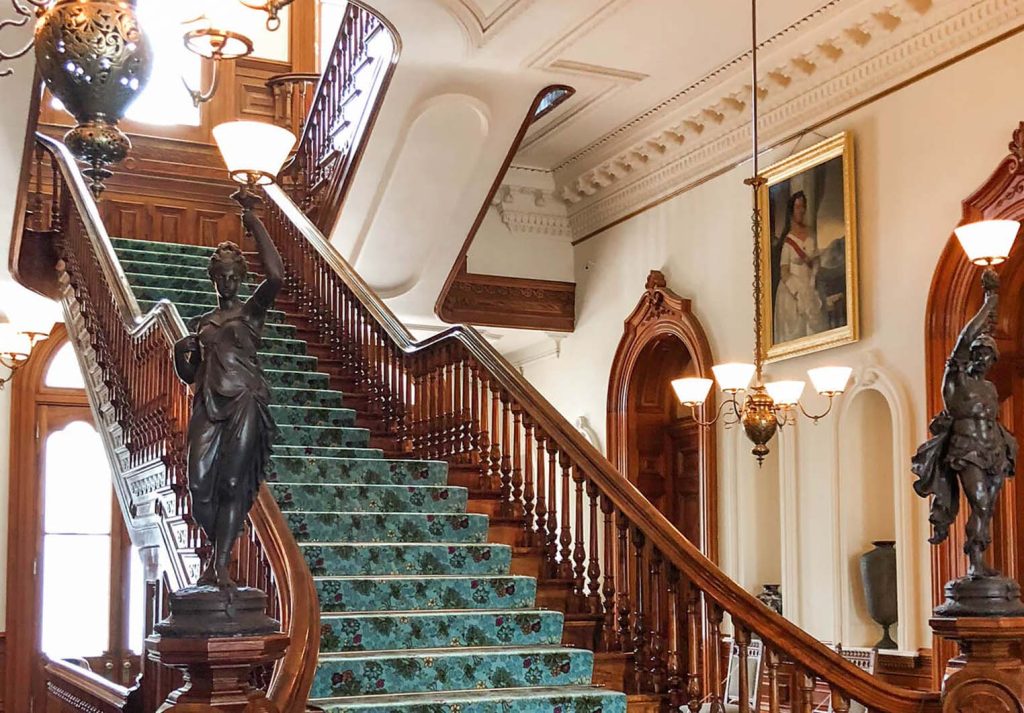
How to Get There: Located in downtown Honolulu, the palace is easily accessible by car or public transportation. Parking is available nearby.
Details: Admission is USD 27 for adults, USD 6 for children aged 6-12, and free for children under 6. Guided tours provide in-depth insights into Hawaiian history.
Tips: Book your tickets in advance, especially during peak tourist seasons. Dress modestly when visiting the palace.
4. Pearl Harbor National Memorial
Description: The Pearl Harbor National Memorial includes several sites commemorating the events of December 7, 1941, including the USS Arizona Memorial and the Pearl Harbor Visitor Center.
How to Get There: Located about 30 minutes from Waikiki by car or bus, the site is accessible via the number 20 or 42 bus.
Details: Admission is free for the USS Arizona Memorial, but reservations are recommended. Other attractions, such as the USS Bowfin Submarine Museum and the Pacific Aviation Museum, have separate admission fees.
Tips: Arrive early to secure parking and avoid long lines. Allow several hours to explore the various exhibits and memorials.
Popular Street Foods and Safety Tips
1. Shave Ice
Description: Shave ice is a refreshing Hawaiian treat made from finely shaved ice topped with colorful flavored syrups and various toppings like fresh fruit and condensed milk.
Popular Spots: Visit Waiola Shave Ice or Matsumoto Shave Ice in Haleiwa for some of the best shave ice in Honolulu.
Safety Tips: Ensure that the vendor uses clean utensils and hygienic practices. Opt for natural flavors and toppings to avoid artificial additives.
2. Plate Lunch
Description: Plate lunch is a quintessential Hawaiian meal consisting of rice, macaroni salad, and a protein such as loco moco, teriyaki chicken, or kalbi ribs.
Popular Spots: Rainbow Drive-In and Leonard’s Bakery are famous for their delicious plate lunches.
Safety Tips: Choose vendors that maintain cleanliness and have good reviews. Verify that the food is cooked thoroughly and served at the appropriate temperature.
3. Poke
Description: Poke is a traditional Hawaiian dish made from raw fish, usually tuna, mixed with seasonings and served over rice or salad.
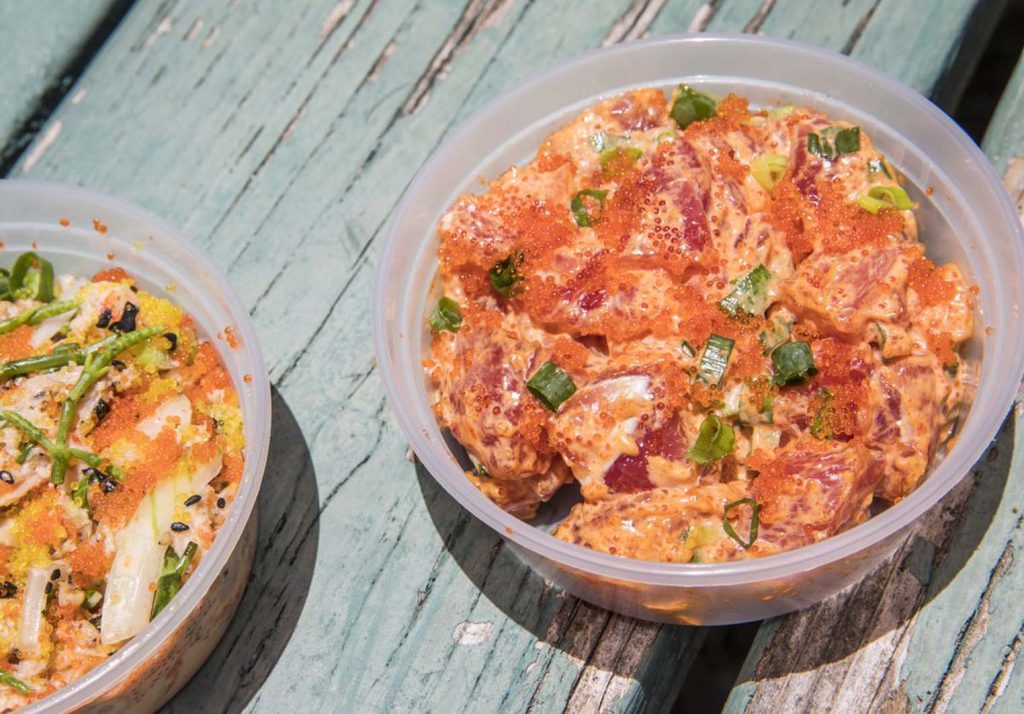
Popular Spots: Try Poke Stop or Foodland Farms for fresh and tasty poke bowls.
Safety Tips: Make sure the fish is fresh and sourced from reputable suppliers. Avoid eating poke if you have any concerns about food safety or hygiene.
4. Spam Musubi
Description: Spam musubi is a savory snack consisting of a slice of spam on rice, wrapped in seaweed. It’s a popular local treat and a unique fusion of Hawaiian and Asian flavors.
Popular Spots: Visit Musubi Cafe Iyasume or any local convenience store
for a tasty musubi fix.
Safety Tips: Choose musubi from clean, reputable vendors. Check the freshness of the ingredients and ensure proper storage.
Planning Your Itinerary and Budget
Itinerary Planning:
- Day 1: Explore Waikiki Beach, visit the Honolulu Zoo, and enjoy a beachfront dinner.
- Day 2: Hike Diamond Head in the morning, visit Iolani Palace in the afternoon, and dine in Chinatown.
- Day 3: Spend the day at Pearl Harbor National Memorial, explore the nearby Aloha Stadium Swap Meet for souvenirs.
- Day 4: Enjoy a relaxing day at the beach, explore local markets, and savor Hawaiian street food.
Adjusting Your Budget:
- Accommodation: Allocate a portion of your budget for comfortable lodging. Consider options like Airbnb or budget hotels if you need to save.
- Dining: Balance your dining experiences between fine dining and street food to manage costs effectively.
- Activities: Set aside funds for admission fees, transportation, and souvenirs. Look for package deals or discounts for attractions.
Recommended Travel Insurance:
I highly recommend purchasing comprehensive travel insurance to cover unexpected events such as medical emergencies, trip cancellations, or lost belongings. Look for policies that offer robust coverage for health, accidents, and trip disruptions. Providers like Allianz Travel and Travel Guard offer reliable plans with various coverage options.
Honolulu is a city that offers a perfect blend of relaxation, adventure, and cultural exploration. From enjoying its stunning landscapes and iconic attractions to embracing the local customs and etiquette, every moment in Honolulu is a chance to immerse yourself in the beauty and charm of Hawaii.
